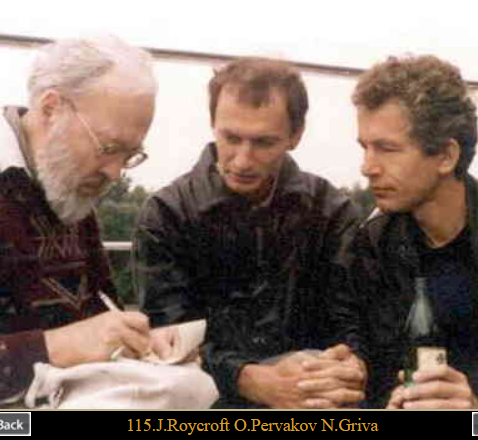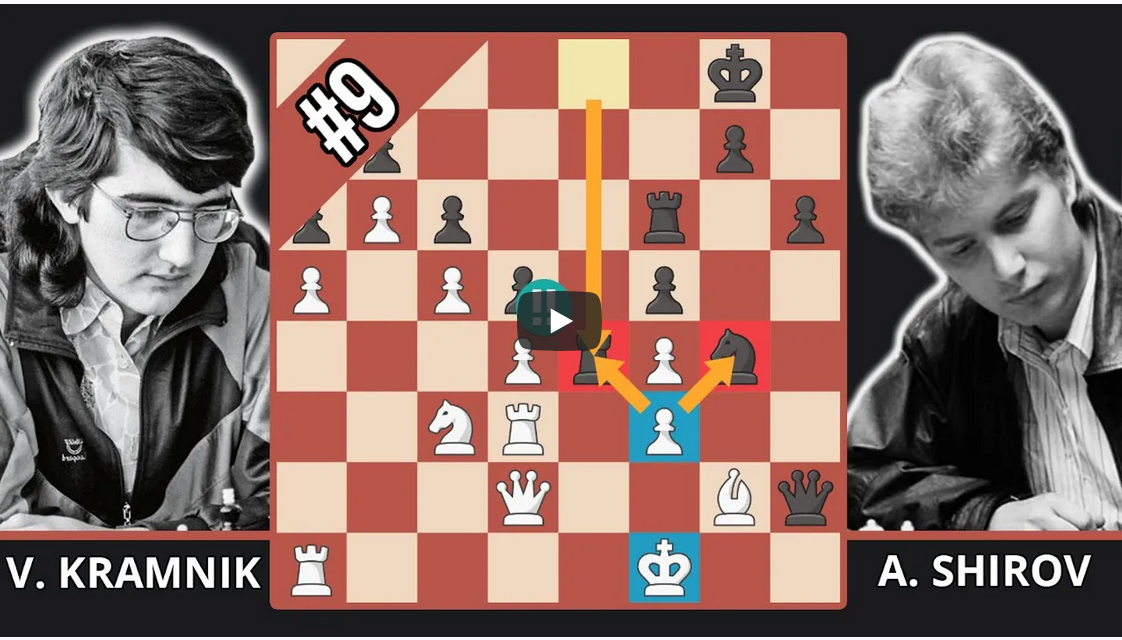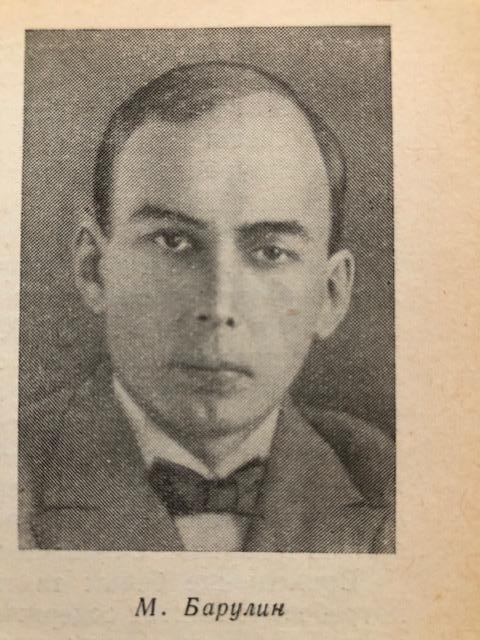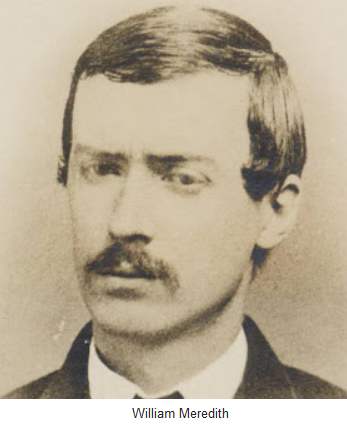?
A fight of a Knight against 3 linked pawns, where the bad role is held by a brilliant studies composer. In this case, his opponent pays tribute to him by placing a nice foreground, to steal a key-square to the Knight. The latter, in the virtual game, makes a real festival of surprising moves. Note to the scholars: the White player is indeed the famous Czech composer, but the Black player is not the famous Austrian theorist Jean-Nepomucène (Johann Nepomuk)!
The rook-pawn is the main enemy of the Knight, we know it. A minimal example, where the aforementioned Knight is... far from the pawn, although on a contiguous square. By the way, did you notice this: a Cg2 is not closer to h1 than to a8!
The exercise of the day is from a regular author of our course, who has just celebrated his 64th birthday. But the solution has only 11 moves! You wouldn't want it to have 64, would you? What seems like a  joke which is not : another genius whose acquaintance I had the pleasure of making last summer, Gady Costeff, had precisely composed a study of 51 moves, to celebrate the 50th anniversary of the same author (see the lecture of 18-11-2003). But why 51 then? Because he was smart enough to know the publication deadlines!
joke which is not : another genius whose acquaintance I had the pleasure of making last summer, Gady Costeff, had precisely composed a study of 51 moves, to celebrate the 50th anniversary of the same author (see the lecture of 18-11-2003). But why 51 then? Because he was smart enough to know the publication deadlines!
The founder of "Endgame" magazine may be incredibly stubborn, whether it be about his system of presenting studies, which I find disastrous, or about his propensity  to write novels about table-based sequences incomprehensible to humans (he had started in 1983 with 2B / N and has just done it again with R+B+P / R+B, 159 moves if the bishops are of different colours, 184 moves if they are of the same colour), he has nevertheless a great culture, a great kindness, and sometimes makes small jewels, like this R / 2B+P without the unbelievable complications that this material often generates.
to write novels about table-based sequences incomprehensible to humans (he had started in 1983 with 2B / N and has just done it again with R+B+P / R+B, 159 moves if the bishops are of different colours, 184 moves if they are of the same colour), he has nevertheless a great culture, a great kindness, and sometimes makes small jewels, like this R / 2B+P without the unbelievable complications that this material often generates.
With already one piece down, the wizard of Riga offers a whole Rook. As the (lucky but talented) winner of the historical jewel of the day says, one can live a lifetime for such a game! The problem-solver, faced with all this richness, finds as much honey in it as the amateur player. And the fact that it could (or should) have had the opposite result does not detract from the fascination it has exercised for 20 years and will continue to exercise. Are we not entering the fireworks period?

In fairyland, we meet the elk and the eagle, after the sparrow we met in April.
A little training of seven 2#, of which only 3 should make you think a bit more. Then some 3#. The first one is easy, but not as easy as you'd think from the diagram. The second one is in a correct version; when it was published, it managed the feat of being both unsolvable (I'm talking about the author's solution) and tri-demolished! The last 3# is only easy if you see the threat.
An amusing 4# from our national Rene, composed long before he finally took up fairy tales. Black's pawns in the second rank should not impress you. You understand it much faster than Alice's Chess. In the next one, with even more black pawns in the second, you have to take a step back. The third is by another French composer who, for over 40 years, I have always seen in a good mood, rain or shine. It is a charming twin with a light discriminant, as was common at the time. The 5# is humorous. What is the use of Pe2?

It took me longer than expected on the 2# helpmate. I made up for the first three solutions of the h#2.5, spending time on the fourth, which is also humorous. The 3# helpmate with twin is only difficult if you approach it the wrong way. Finally, two selfmates, the first one is easy, the second one offers 4 variations, of course, although... For  all these problems, solution on request, as usual.
all these problems, solution on request, as usual.
In conclusion, I give again (or give?) the famous study of Elkies exploiting the rule of 50 moves. We thought we had already shown it during the course but... impossible to find it on the site. The perfect illustration of the nuance that Chéron explained, more than half a century ago, between the same position and the same photo of the position.
See you, God willing, for the last course of the school year on Tuesday 21 June (but live on Saturday 18).
Comments
1 Alain On Thursday, september 15, 2016
2 Alain On Monday, june 06, 2016